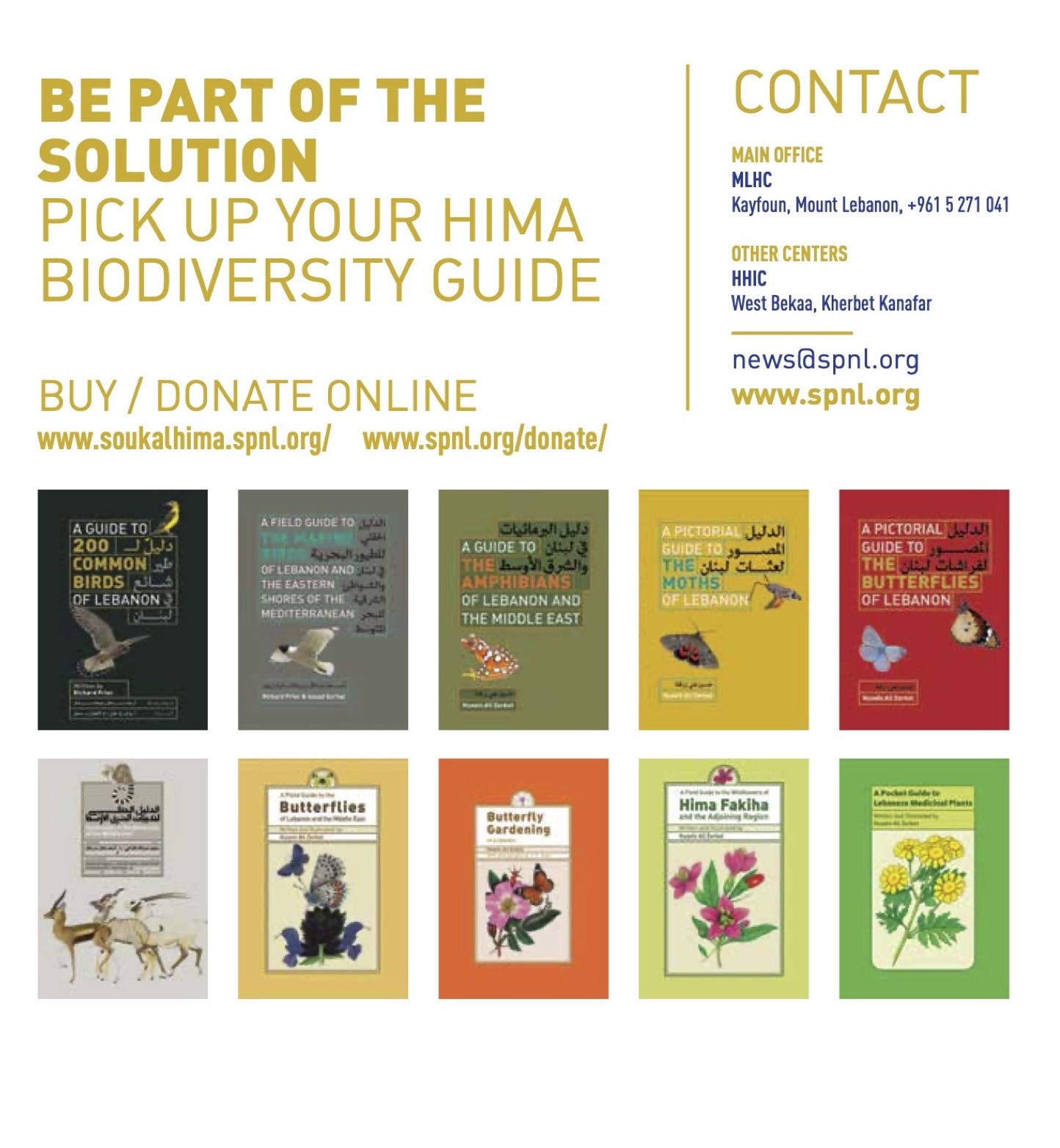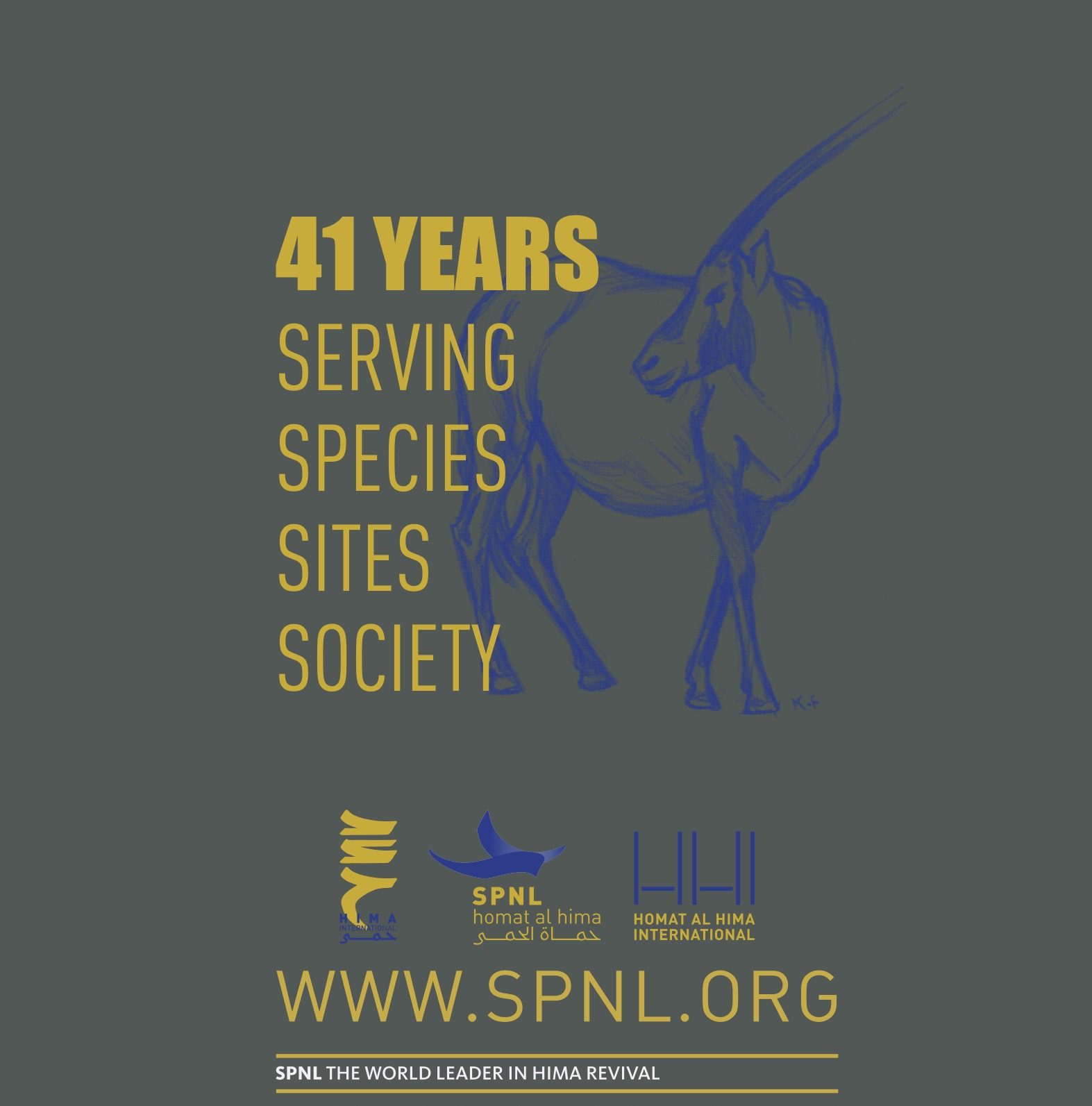By Ariel Brunner,
I’m currently in Halle, Germany, following the works of “BirdNumbers 2016”. If it sounds nerdy, it’s because it is. The conference brings together scientists, from all over Europe and beyond, who dedicate themselves to counting birds. Birds are by far the best understood component of our natural world, to a large extent due to the remarkable work of thousands of unpaid volunteers that go out into the field counting birds. This is essential to helping scientists put together clever statistics about distributions, trends and migration patterns.
But why is counting birds relevant to those not blessed with a passion for birdwatching? It is because birds tell us a lot about the health of our planet. Like the fabled canaries in old coal mines, what happens to the birds carries important messages about what is about to happen to all of us. The changing climate can already be seen in the change of bird distribution for example. And it was the collapse of song bird populations that first alerted us to the risks of chemical pollution back in the 1960’s.
So what are birds telling us in 2016? They are insistently telling us a story of relentless destruction of our natural habitats, with intensive agriculture, infrastructures and energy development as the outstanding drivers. But they are also telling us that when active conservation measures are deployed and good laws respected, nature can come back.
The worst news comes from agriculture and the picture is consistent. Farmland birds keep vanishing (like the Grey partridge that has lost 75% of its population here in Germany) under a relentless wave of agricultural intensification. Monocultures are spreading, driven by intensive livestock farming and by insane subsidies for biofuels and maize-based biogas. Grasslands keep being converted (9% of the most biodiverse ones lost in Germany in just 5 years). The empty claims of the greening of the Common Agriculture Policy are laid bare by the bird data.






